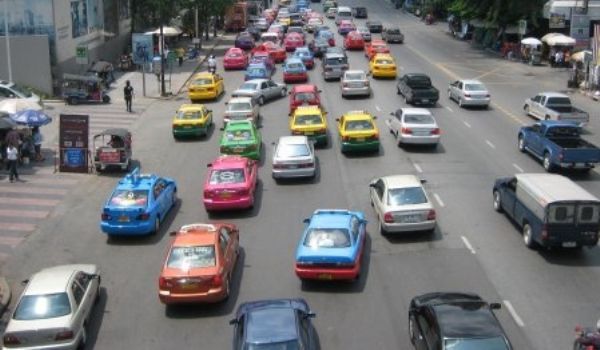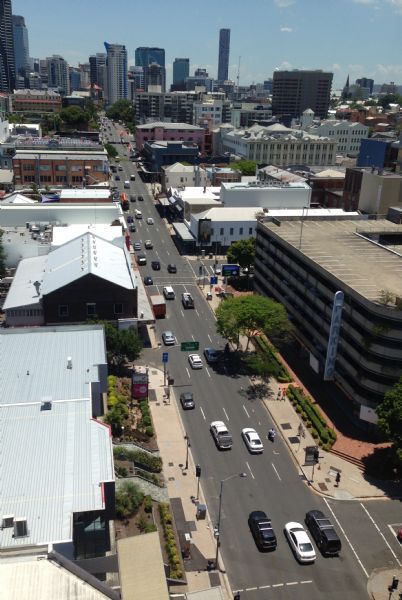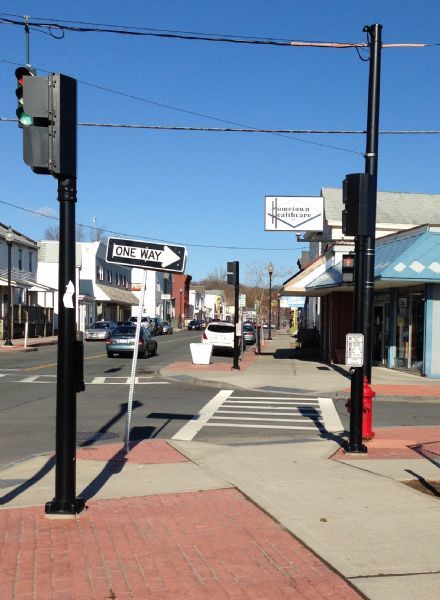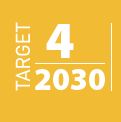





One Way Network
By removing one direction of traffic from a network, the risk of crashes can be reduced.
This can be achieved through a reduction in conflict points at intersections, and may make pedestrian crossing movements easier with more orderly gaps in traffic.
One-way traffic systems are often used to replace ‘grid’ street patterns to:
- reduce congestion problems in city centres
- create access-only streets (usually for access to residential uses).
However, drivers may become used to the lack of opposing traffic and increase their speed. Also, one-way networks can be confusing for non-locals and increase travel distances.
- Reduced pedestrian crashes (pedestrians only need to look for traffic in one direction, and there are more orderly gaps in traffic).
- Reduced head-on and intersection crashes.
- Can allow better traffic signal timing.
- Because speeds can increase on one-way networks, traffic calming measures may be required (especially if the lanes are wide).
- Before a network is made one-way, traffic circulation in the area surrounding the network must be considered.
- Converting a network to one-way can be costly as it may involve rebuilding traffic signals, repainting linemarking and replacing and adding signage.
- In the early stage of conversion, pedestrians may look in the wrong traffic direction when crossing roads.
The Star Rating Demonstrator is a freely available tool with the iRAP online software, ViDA. With the Star Rating Demonstrator, it is possible to explore the impact that this Safer Roads Treatment has on risk.
Treatment Summary
Costs | Medium |
Treatment life | 20 years + |
Potential casualty reduction | 25-40% |
Case Studies
Related Images
 A one way road in Bangkok, Thailand. Image credit: John Fletcher
A one way road in Bangkok, Thailand. Image credit: John Fletcher One way urban network, Brisbane, Australia. Image credit: Unknown
One way urban network, Brisbane, Australia. Image credit: Unknown One-way residential street in USA. Image Credit: iRAP
One-way residential street in USA. Image Credit: iRAP










